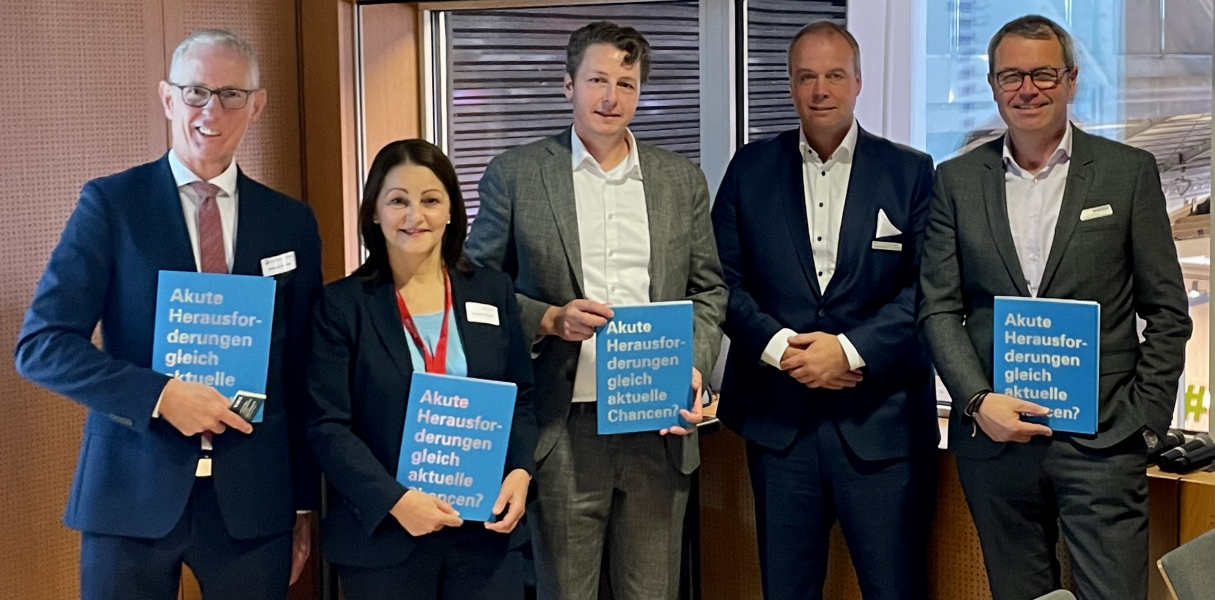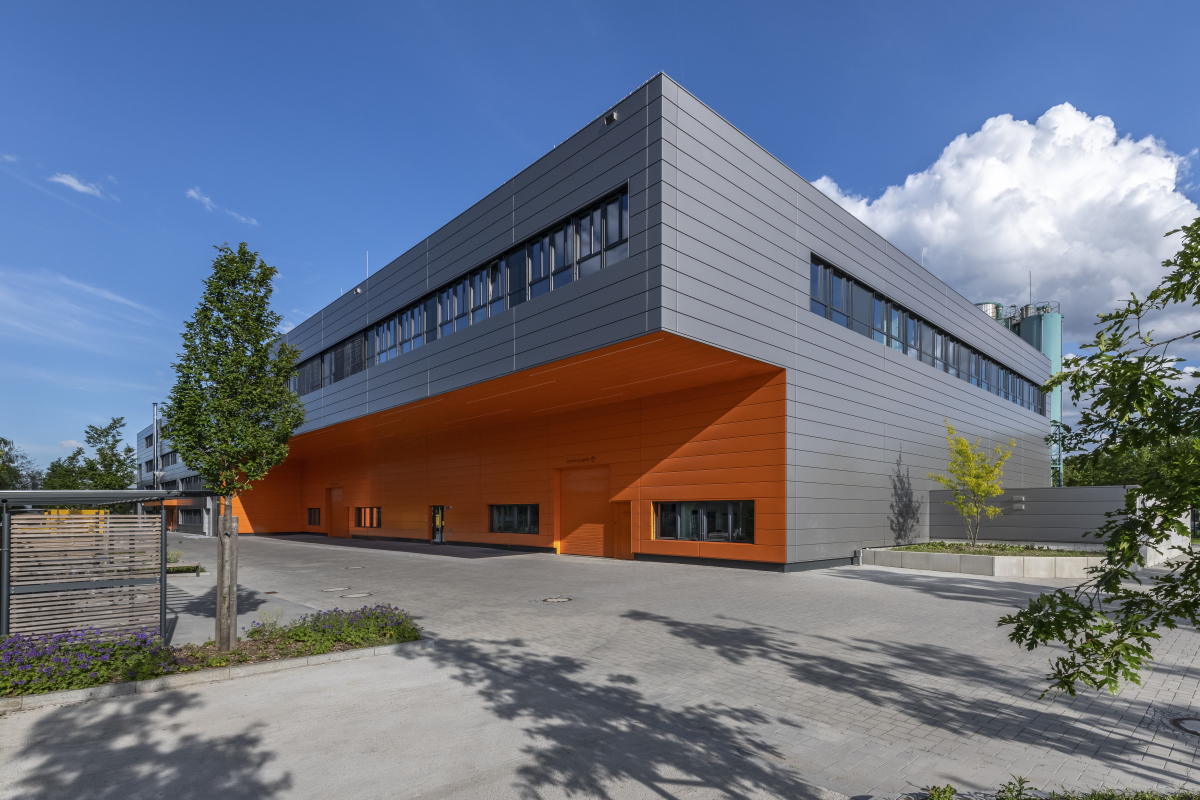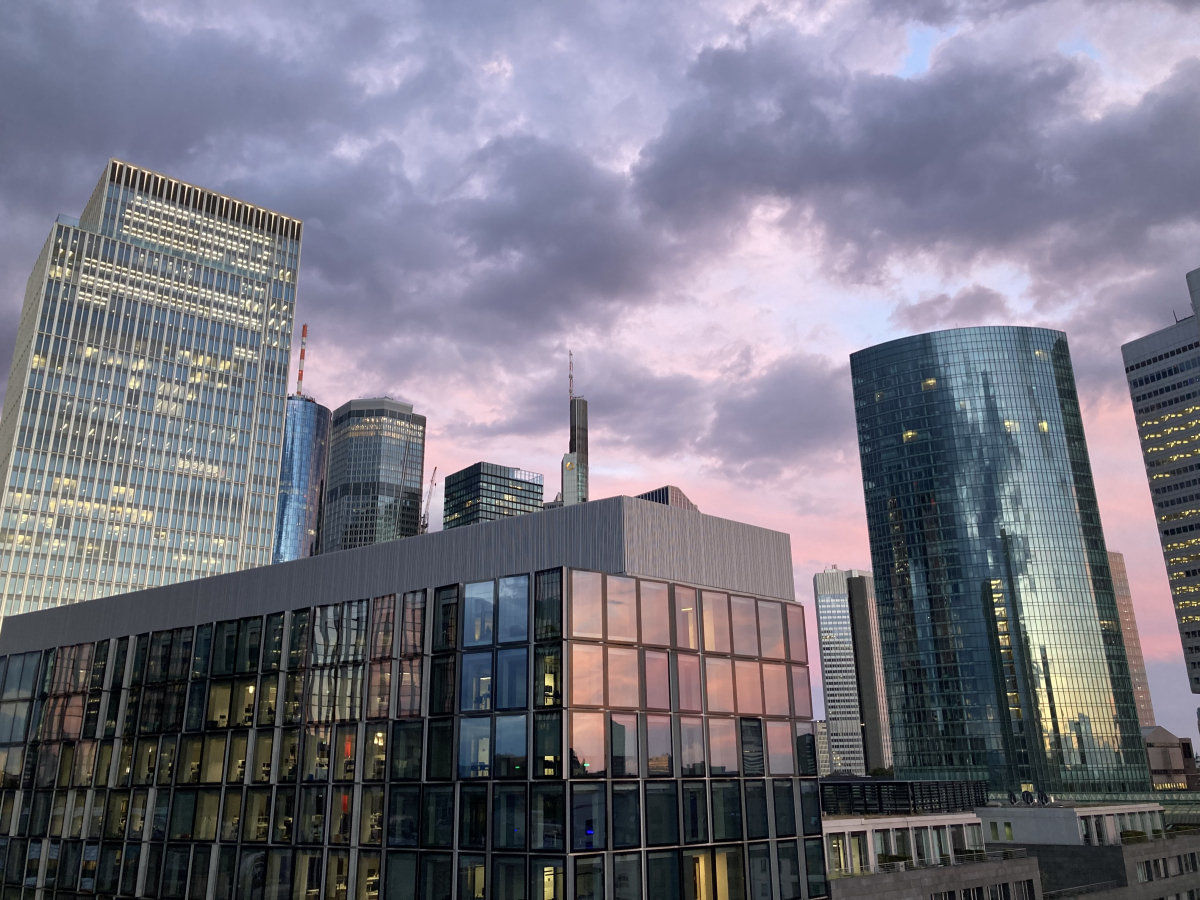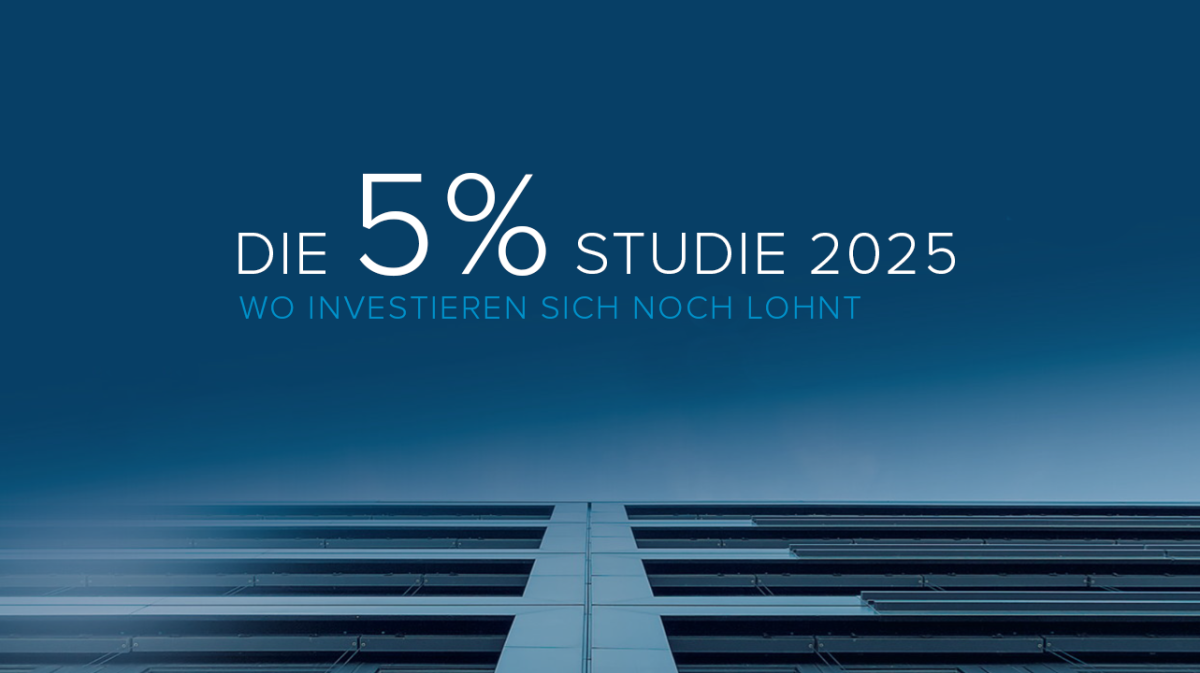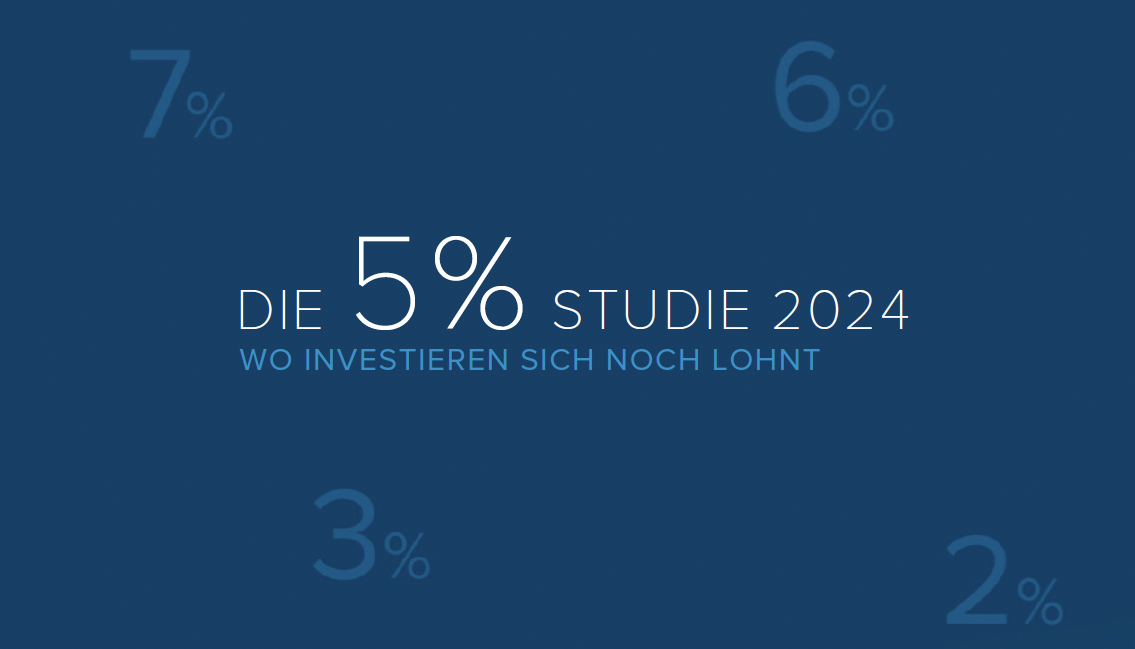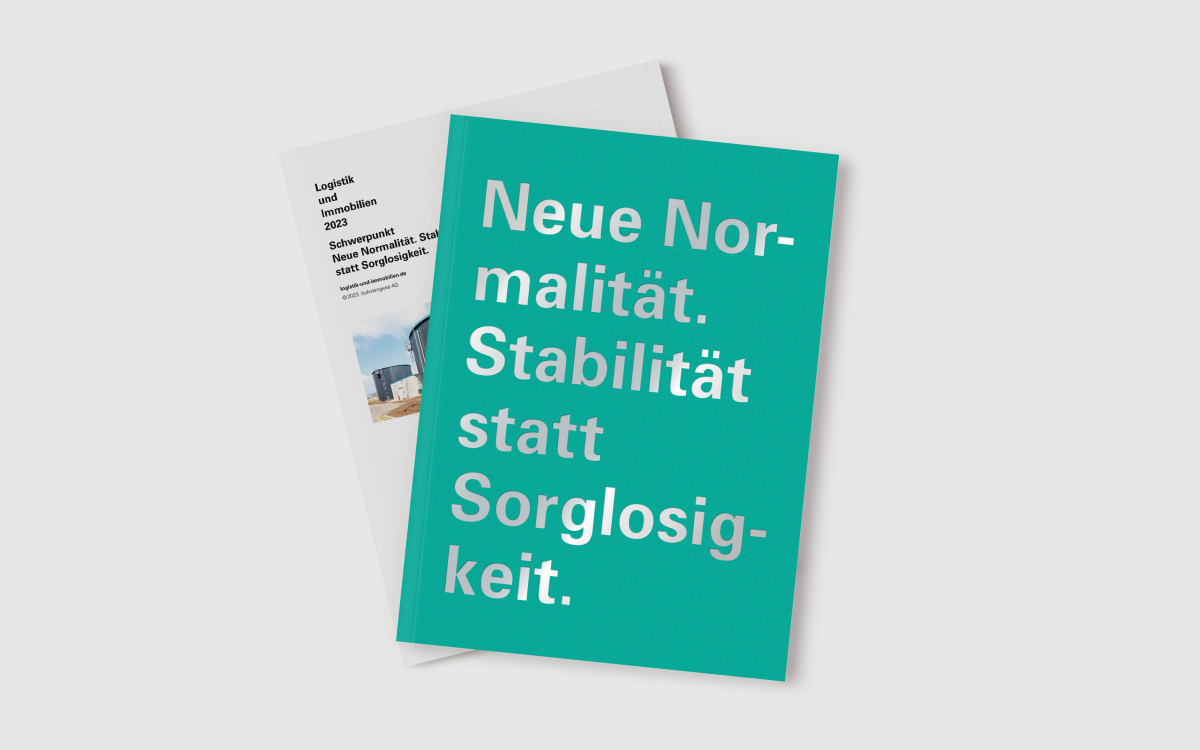Logistics real estate: On a record course during the crisis
The new study shows: The high level of construction activity continues in the market for logistics real estate. Another record year is expected in 2022 - and rents will continue to rise. However, the risks will also increase, at least in some cases.
For the eighth study "Logistics and Real Estate", which we have published for the eighth time in a row in partnership with Berlin Hyp, BREMER, GARBE and Savills, data from over 2,900 existing, under construction and planned logistics properties were analysed.
According to this, many new logistics properties continue to be built. With around 5.8 million sqm and an increase of 9.4% compared to the record previous year (5.3 million sqm), construction activity for the current year suggests a new record for newly completed logistics space. Top rents in Germany's largest logistics locations have risen by 3.8% to 8.6% to between 6.50 and 8.20 euros/sqm. Current developments on the investment and financing market have led to a halt in the yield compression of logistics properties. And not only that: a slight increase in yields has already become apparent in the most important logistics regions. "Acute challenges and opportunities", is accordingly the subtitle of the study in 2022.
The figures should not obscure the fact that this is a snapshot. The market environment is uncertain and characterised by restraint. Financing and construction costs are rising dynamically, the shortage of skilled workers remains acute, increased energy costs are immensely burdening companies in industry and logistics, and geopolitical upheavals are weakening the economy. The risk of short- to medium-term price corrections is increasing.
How much is being built?
After the pandemic-related break in 2020, when the volume of completed logistics space slumped from over 4.8 to just over 3.7 million sqm, 5.3 million sqm of new space came onto the German market in 2021, more than ever before. The current project pipeline is full, so that another record figure of 5.8 million sqm is expected in 2022, despite the current uncertainties in project developments.
Who is building?
The three most active logistics space project developers in 2022/2023 are Panattoni (over 1.8 million sqm), followed by GARBE (over 1 million sqm) and Dietz AG (around 0.88 million sqm). It is noticeable that the Goodman Group, which was extremely active in previous years, has recently been relatively restrained in terms of new construction, as has the Amazon Group, which has not completed any new space in 2022.
Where is construction taking place?
When looking at completions in the period 2017 to 2022, Greater Berlin (2 million sqm) remains the frontrunner among the major German logistics locations. The Rhine-Ruhr region defends second place with 1.7 million sqm. The Hannover/Braunschweig region (approx. 1.5 million sqm) managed to leap past the Rhine-Main/Frankfurt region into third place thanks to major developments such as Panattoni Park Niedersachsen and VGP Park Laatzen. The Halle/Leipzig region improved its ranking by two notches to sixth place and now has a development volume of almost 1.3 million sqm.
Top themes: crisis resilience and sustainability
Companies are currently increasing their crisis resilience by diversifying their supply chains and creating a fall-back position by renting additional space reserves. Offshoring, which is more crisis-prone with rising political conflicts, is increasingly being replaced by re-shoring and near-shoring. "Markets with low wage and energy costs compared to Europe or rather unregulated labour markets are suitable for this," says Tobias Kassner, Head of Research at GARBE. "These advantages were originally sought in Asia. Southern and Eastern Europe, but also Turkey or Northern Africa can benefit from a reorganisation of logistics."
"If there is an increase in nearshoring, the markets that benefit most could see above-average rental growth. Provided their vacancy rates and development pipelines remain low," adds Bertrand Ehm, Director Industrial Investment at Savills.
In addition to higher crisis resilience, sustainability remains a defining issue in the logistics property market. "New technical solutions, for example in energy supply, are initially often significantly more expensive than standard construction. However, exploding energy prices and unwanted supply dependencies put the cost argument into perspective," says Michael Dufhues, CEO of BREMER AG.
Maria Teresa Dreo-Tempsch, market director at Berliner Hyp, points to the declining marketability of properties that fail to meet the ever-increasing sustainability requirements. "With regard to CO2 emissions, this can already be predicted quite accurately. Here it will be important to analyse the relevant properties in detail and, if necessary, initiate retrofitting programmes." In the study, Berlin Hyp describes innovations and strategies with which the sustainability of the real estate portfolio can be improved via more sustainable financing options.
Contact person: Daniel Sopka, Consultant for logistics real estate and Unternehmensimmobilien, sopka@bulwiengesa.de
You might also be interested in
For our magazine, we have summarized relevant topics, often based on our studies, analyses and projects, and prepared them in a reader-friendly way. This guarantees a quick overview of the latest news from the real estate industry.
Light Industrial Markt erholt sich deutlich
A transaction volume of €830 million, a 21 per cent increase in space turnover and a new regional leading position: the market for light industrial real estate showed a clear recovery in the first half of 2025, according to the half-year report from our Light Industrial InitiativeLittle movement on the German real estate market
For the eleventh time, bulwiengesa presents its comprehensive analysis of the German real estate markets. The results of this year's 5% study, conducted in collaboration with ADVANT Beiten, show that the German real estate market is characterized by widespread stagnation. At the same time, niche segments are becoming increasingly attractive. The market is increasingly rewarding professional asset management and specialist knowledge—a trend that separates the wheat from the chaffFive per cent returns no longer illusory even for core properties
The ‘5% study - where investing is still worthwhile’ celebrates its tenth anniversary. Since the first edition was published, the German property market has tarnished its reputation as a safe investment haven. Higher yields are now within sight, even for prime properties, and even residential property is increasingly becoming a profitable asset class again. The market is more exciting than it has been for a long timeInteresting publications
Here you will find studies and analyses, some of which we have prepared on behalf of customers or on our own initiative based on our data and market expertise. You can download and read many of them free of charge here.

